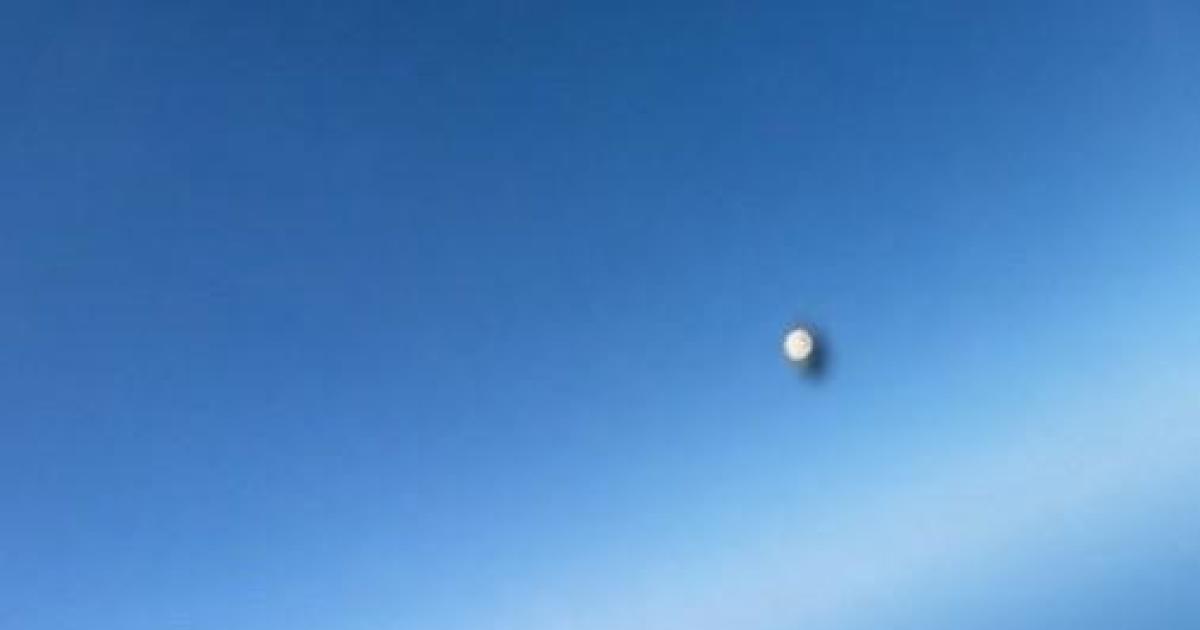Washington — A team of scientists and experts assembled by NASA has concluded that there is no evidence to suggest that unidentified anomalous phenomena (UAPs), also known as UFOs, are of extraterrestrial origin. However, the group emphasized the need for better data to understand certain encounters that have yet to be explained. The independent study team, consisting of 16 members, was created by NASA last year to explore how the space agency can contribute to the scientific understanding of these objects, which have been reported by hundreds of military and commercial pilots.
On Thursday, NASA announced the appointment of Mark McInerney as the director of UAP research in an updated news statement. McInerney’s role will involve centralizing communications, resources, and data analytical capabilities to establish a comprehensive database for the evaluation of future UAP sightings.
The study group, formally known as the Unidentified Anomalous Phenomena Independent Study, released its final 36-page report, along with several recommendations for NASA’s involvement in government investigations into these objects.
“The most significant takeaway from the study is that there is still much to learn,” said NASA Administrator Bill Nelson during a briefing on the report. “The NASA independent study team did not find any evidence to support the extraterrestrial origin of UAPs. However, we have yet to determine what these UAPs actually are.”
What does the NASA UAP report say?
The report does not contain any sensational claims similar to the congressional testimony that made headlines over the summer, in which a former intelligence officer alleged a long-standing government program to retrieve and reverse engineer UAP craft, a claim that the Defense Department refuted.
Instead, the NASA group focused on how the space agency can contribute to a comprehensive, government-wide approach to collecting data on UAP incidents. The report acknowledged that a small subset of UAP encounters cannot be immediately identified as known human-made or natural phenomena. Understanding these incidents will require new data acquisition methods, advanced analysis techniques, a systematic reporting framework, and reduced stigma surrounding UAP reporting.
Nevertheless, the group stressed that attributing an otherworldly origin to these objects requires substantial evidence.
“In the search for extraterrestrial life, we must consider extraterrestrial life itself as the last possible explanation after ruling out all other possibilities. As Sherlock Holmes said, ‘Once you eliminate the impossible, whatever remains, no matter how improbable, must be the truth,'” the report stated. “To date, there is no conclusive evidence in the peer-reviewed scientific literature to support the extraterrestrial origin of UAPs. The challenge we face with UAPs is the lack of data needed to explain these unusual sightings.”
The report suggested that NASA and the private sector could contribute to filling the data gaps. Although NASA satellites focused on Earth cannot detect UAPs, they can examine the local environmental conditions that may explain some incidents observed by other sensors.
“NASA’s assets can play a crucial role in determining whether specific environmental factors are associated with reported UAP behaviors or occurrences,” the report noted.
The group also highlighted the potential of the commercial satellite industry to capture high-resolution images of UAPs. “While not all areas of Earth have constant high-resolution coverage, these commercial constellations could significantly contribute to the detection and study of UAPs when their collection aligns,” the report stated.
The current data collection on UAPs faces challenges such as poor sensor calibration, lack of multiple measurements, absence of sensor metadata, and no baseline data. The report argued that NASA’s expertise should be leveraged as part of a comprehensive and systematic data acquisition strategy within a government-wide framework.
During their only public meeting held in May, the study group emphasized the need for better data on UAPs, including clearer photos and videos of the incidents. In their report, they proposed the collection of crowdsourced data from the public, including through the use of open-source smartphone-based apps that gather imaging data and smartphone sensor metadata from citizen observers worldwide.
Denial of responsibility! Vigour Times is an automatic aggregator of Global media. In each content, the hyperlink to the primary source is specified. All trademarks belong to their rightful owners, and all materials to their authors. For any complaint, please reach us at – [email protected]. We will take necessary action within 24 hours.


